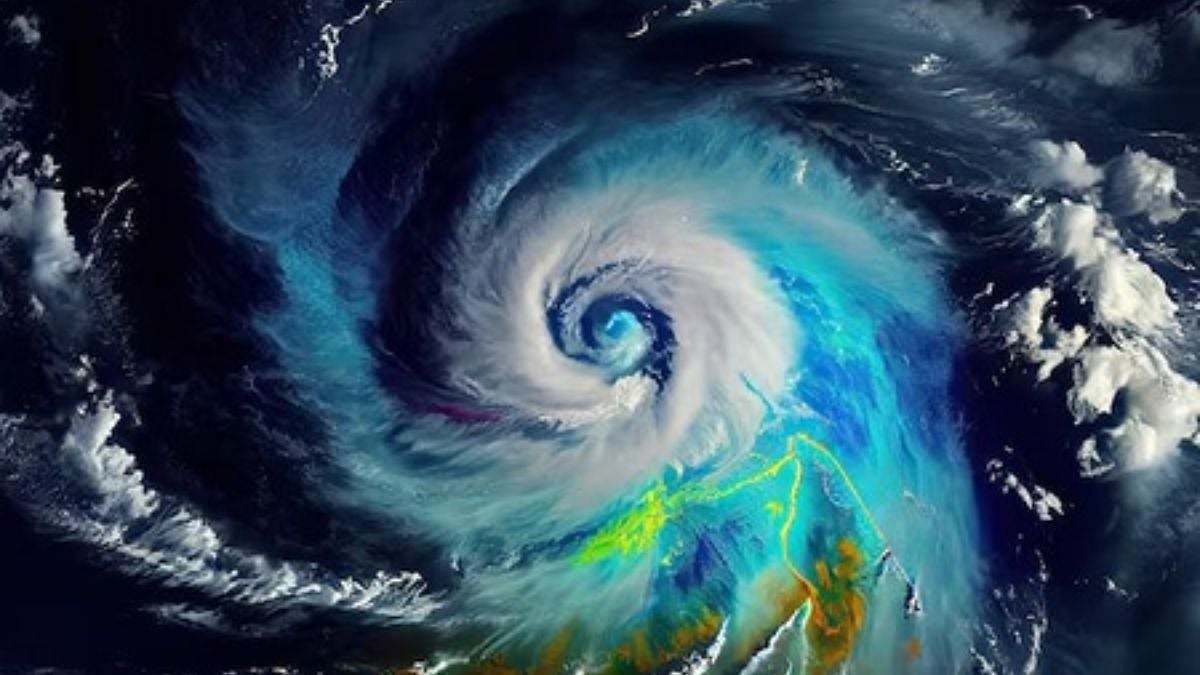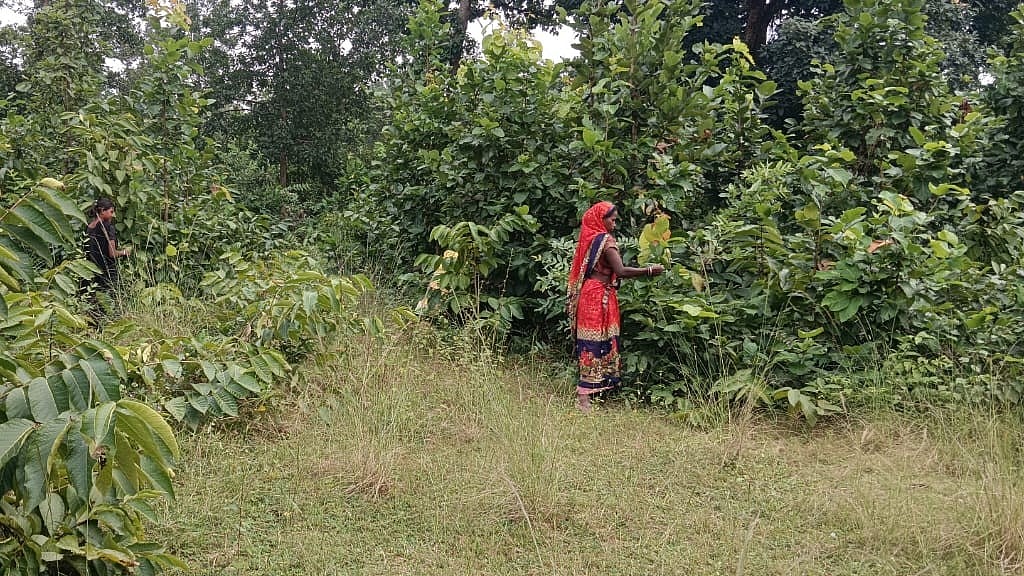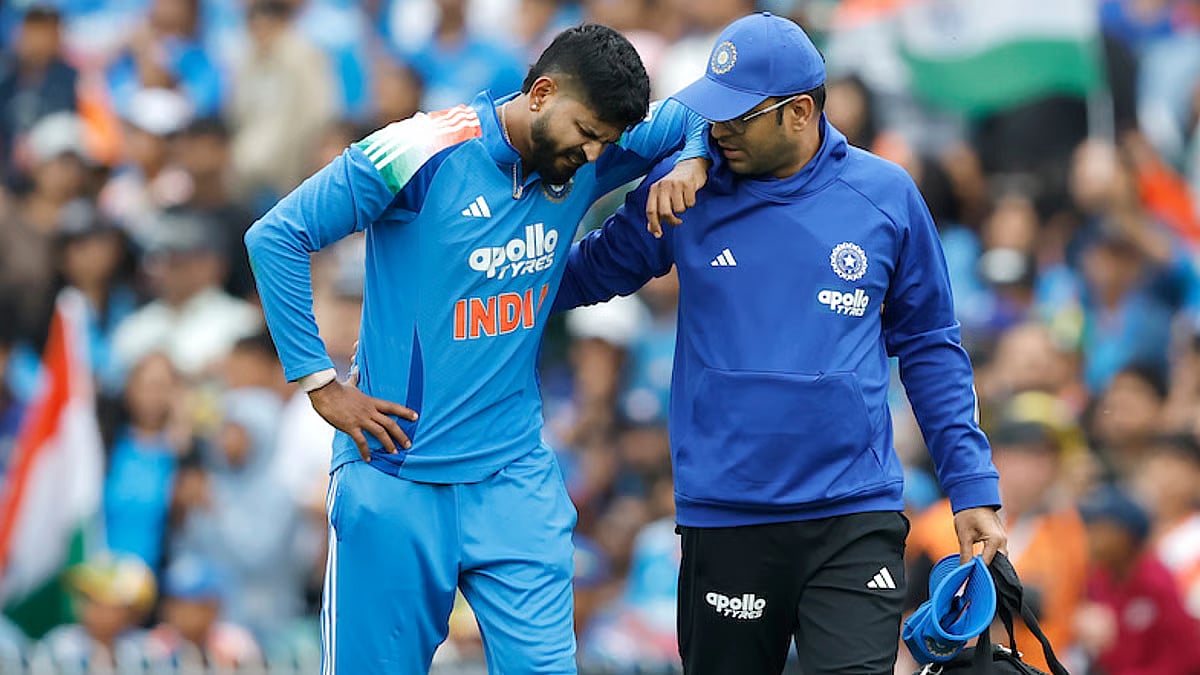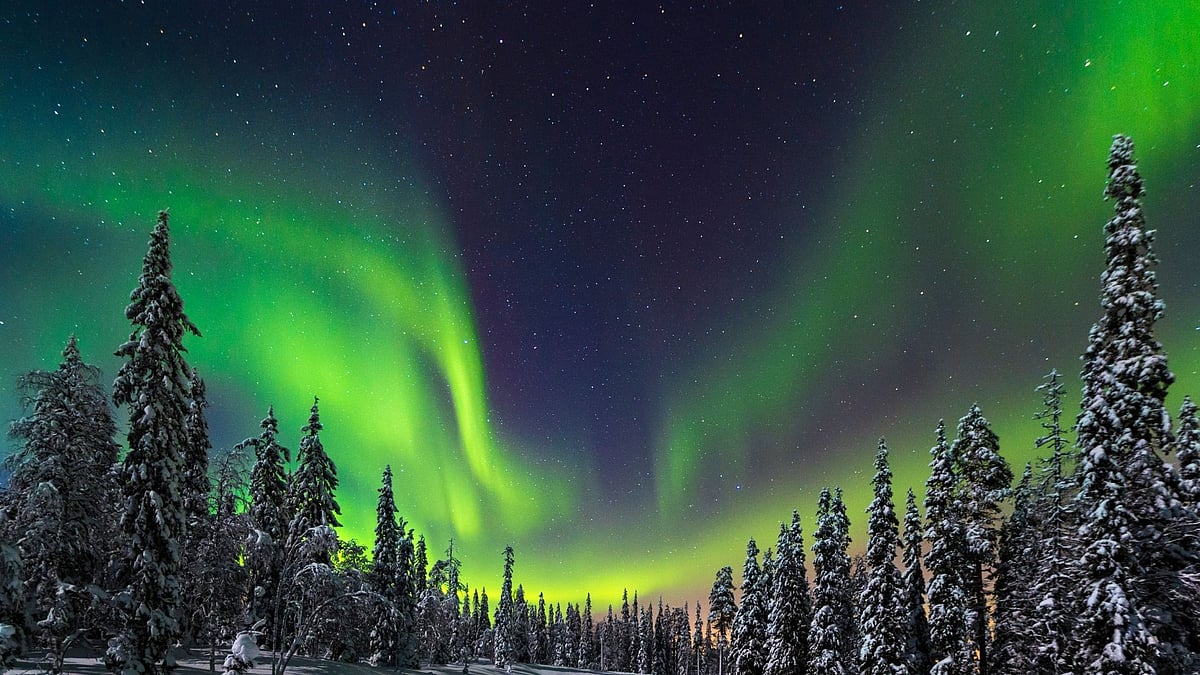When you hear the name Montha, it might remind you of something delicate and fragrant- and that’s exactly what it means in Thai. “Montha” translates to a beautiful or fragrant flower. The irony, of course, is that this “flower” is a force of nature, capable of unleashing powerful winds, torrential rain, and rough seas. But the naming of cyclones isn’t poetic- it’s practical. It’s all about making storms easier to track, report, and respond to across nations.
How cyclones get their names
Cyclones in the North Indian Ocean region- which includes the Bay of Bengal and the Arabian Sea- are named following a pre-determined list managed by the India Meteorological Department (IMD). Acting as the Regional Specialised Meteorological Centre (RSMC) for this region, the IMD oversees the naming process with inputs from 13 member countries, including India, Thailand, Bangladesh, Myanmar, Iran, Sri Lanka, and others.
Each country submits a list of potential names in advance. When a tropical storm’s wind speeds reach about 62 km/h (34 knots), it officially qualifies to be named. The IMD then assigns the next name from the regional list in sequence. This standardized naming system is essential for clarity- especially when multiple storms are active at the same time-ensuring media, forecasters, and the public can easily identify and discuss each cyclone.
Formation of cyclone Montha
In late October 2025, a low-pressure system began forming over the southeast Bay of Bengal. Warm sea surface temperatures and favorable wind conditions helped it intensify rapidly into a cyclonic storm. According to forecasts from the IMD, Cyclone Montha was projected to strengthen into a Severe Cyclonic Storm, moving northwest toward the Andhra Pradesh coast by around October 28.
Authorities issued warnings for heavy rainfall, strong winds, coastal flooding, and dangerous sea conditions, especially for fishermen and residents in low-lying coastal regions. Disaster management teams were placed on alert to ensure swift evacuation and response if needed.
Why naming cyclones matters
Although Montha might sound serene, the real purpose behind naming cyclones is to improve public communication and disaster preparedness. Names are easier to remember than numerical codes, which helps meteorologists, media, and communities coordinate efficiently during emergencies. This system of naming is a product of international collaboration- a reminder that weather knows no borders, and cooperation is key to saving lives.










